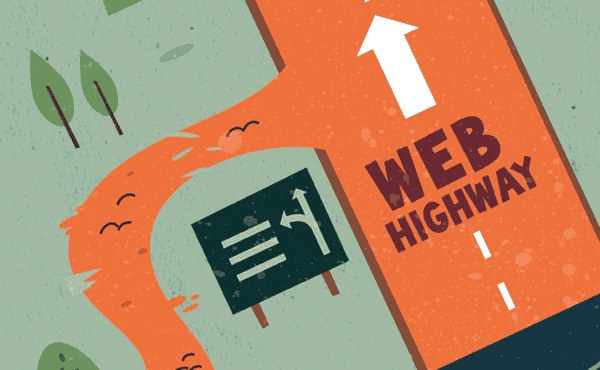
January 10, 2013
Elliot Schmukler from LinkedIn spoke at a recent Growth Hacker conference about the strategies they’d used to grow the site since he joined in 2008. His advice was very helpfully summarised by Sandi MacPherson, Founder at Quibb and is general enough to be applied to mobile apps. Here’s our take on his main points.
Before you get started: Understand your channels
It’s important to understand how new users come to your product. Although it may be distributed exclusively through an app store, if that’s the only way users discover your product then you’re unlikely to succeed. This aspect of app marketing is still evolving rapidly, so keep testing different channels but focus your resources on the ones that generate the best results for you.
Reduce friction vs. Increase desire
LinkedIn learned that people visiting the site organically had on average 30 page views per session, whereas those coming through an invite only had 10. The team focused on users that arrived organically, to try to raise that page view number even more. It’s easier to increase the engagement of those already using your app than to entice new users to download it. Similarly investing engineering effort in reducing onboarding friction for those who discover your app organically is likely to produce much better results than incentivising downloads.
Engaged users are better at your job than you are
A key insight is that it’s a lot easier to get an active user to do more, than it is to get an inactive user to do anything. In any product with social elements, as long as you provide several different ways for active users to interact with inactive users, your active users are much more likely to re-engage and reactivate inactive users than other marketing tactics (for example, a push notification with a message from another user is much more likely to get an app opened again than a “we’ve missed you” notification from the app developer).
Double down on strengths
Take advantage of what’s already working for you. It’s much easier to build on a strength versus improve a weakness. For example, the LinkedIn ‘who looked at your profile’ emails had 5% CTR for inactive users, but 20% CTR for active users. The team then knew to focus on how to better engage their active users (tweaking subject lines, copy, email formatting/design, etc.) versus focusing on getting the CTR up for the inactive members, and perhaps trying a different email strategy for that group.
Probably the most critical area for this insight is in-app purchase. We recently highlighted the W3i report, which showed that much more than half of all in-app purchase revenue comes from a small fraction of highly engaged users, spending more than $9.99 per transaction. Getting big spenders to spend more is likely to be the simplest way to increase revenues. Similarly, converting users who are already spending small amounts into bigger spenders is likely to increase overall revenues much more than trying to convert non-spenders into spenders.
Elliot ended with a great final thought to keep in mind as you’re trying to understand where to focus and how to optimize your growth efforts:
“Every active user is the same – every inactive user is inactive for different reasons.”
With the in-app purchase data above in mind, we can extend this to say that every monetizing user is the same, in that they like your product enough and are willing to spend money on it; users that aren’t monetizing may not be purchasing for a huge variety of reasons. If you can get feedback from the former group of users and improve the product in ways that keep them happy, then that should beat trying to change all the things that latter group are complaining about.
Recent Posts

August 27, 2025
How to Find the Right Learning Path When You’re Switching to a Tech Career
See post

August 22, 2025
Developer News This Week: AI Speed Trap, GitHub Copilot Agents, iOS 26 Beta Updates & More (Aug 22, 2025)
See post

August 08, 2025
Developer News This Week: GitHub GPT-5, VS Code 1.103 & Chrome 139 (Aug 8, 2025)
See post